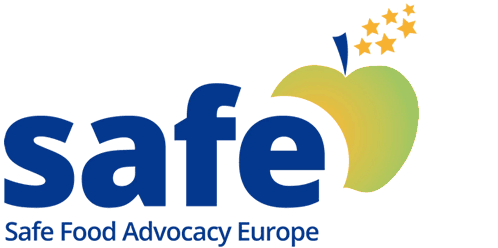European Commission redefines maximum levels for cadmium and lead in food
12 August 2021
On August 10th, the European Commission announced that new limits will apply for tolerated lead and cadmium levels in food products. These restrictions concern fruits, vegetables, cereals and oilseeds for lead, and infant foods, mushrooms, spices and salt for cadmium. These new rules are set to be respectively introduced on August 30th and 31st and will replace the current thresholds laid down by regulation no 1881/2006 on maximum levels for certain contaminants in foodstuffs. Examples of these rule-tightening would be processed cereal-based foods, for which the maximum lead level has been reduced to 0,020 mg/kg wet weight (as opposed to 0,050 in 2006). For cadmium, levels for vegetables such as celeriac have been reduced from 0.2 to 0.15 mg/kg wet weight.
These new regulations follow the publication of two EFSA opinions: a 2009 one proving the renal toxicity of cadmium, and a 2010 one proving the neurotoxicity of lead, especially in young children. Other research has proven these heavy metal contaminants to be carcinogenic. What’s more, foodstuffs were identified as the main source of cadmium exposure for non-smokers and a cause of bone demineralization.
While SAFE welcomes the Commission initiative to lower cadmium and lead levels, it is worth pointing out that several other contaminants routinely found in food contact materials (FCMs) are still not regulated under EU law in a harmonised manner.



